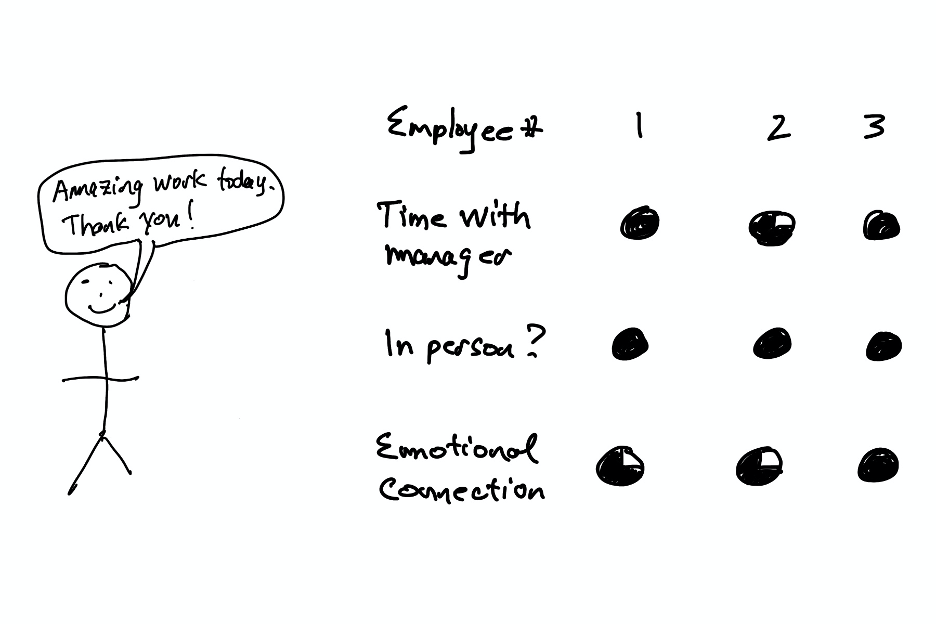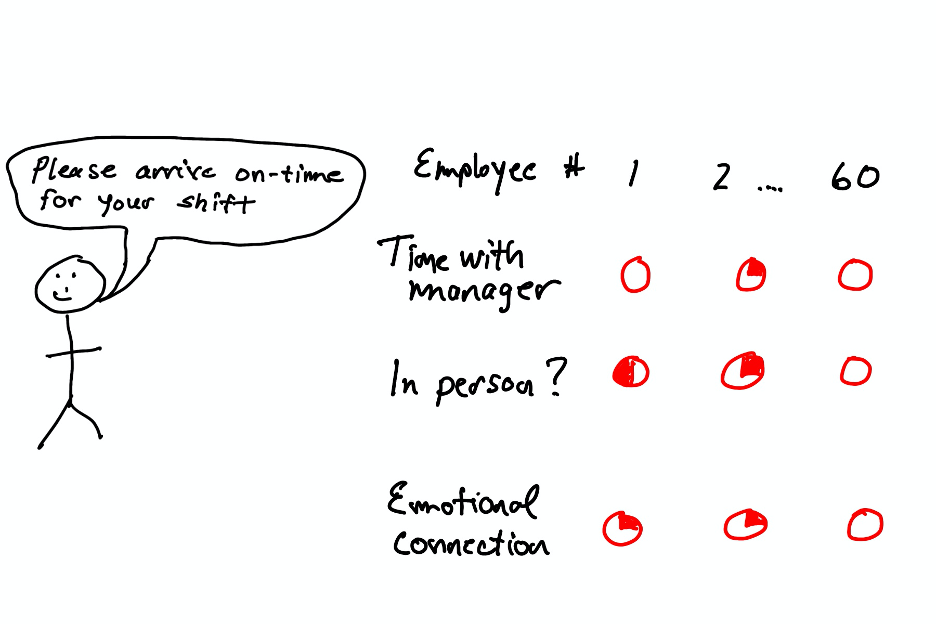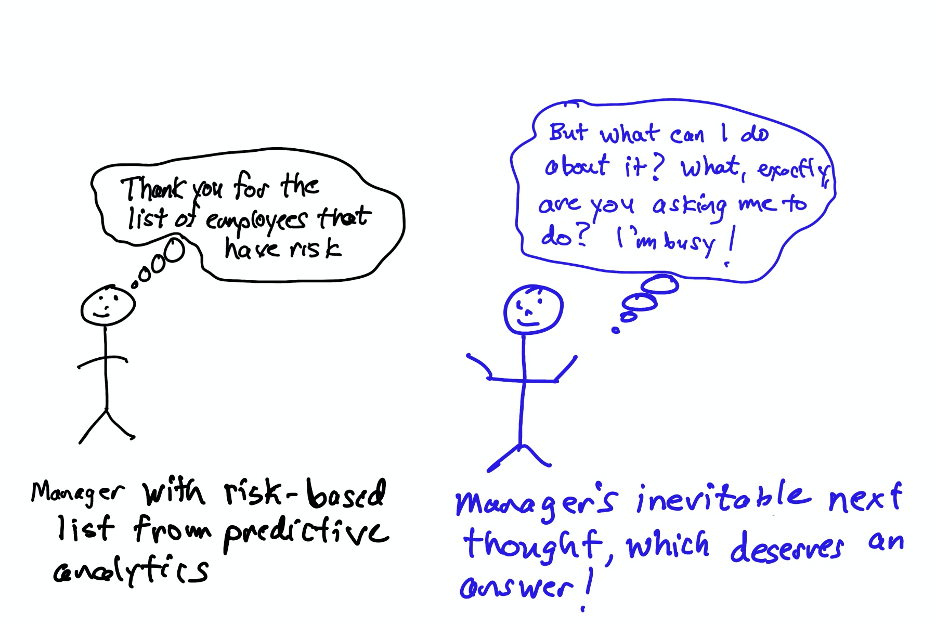In my first blog post in this series, we first described the management gap, which is the gap between what organizations want to do and actually getting it done. In that post, we established that to solve this gap, it’s important to develop solutions that are part of an interconnected system to avoid creating yet another data silo in the organization. Interconnected systems share the same database, communicate with other systems, and have many benefits including enabling rich employee profiles.
In my second blog post, we established why building a rich employee profile is the key foundational element in supporting the frontline manager. Having all staff information in one place is a critical requirement for the digital age. However, it’s actually quite uncommon today. That’s because building an integrated employee profile requires piping data in from multiple sources and systems: Time and Attendance, HRIS, Learning Management Systems, and other endogenous data sources such as surveys, manager input, and peer recognition systems. However, once an integrated employee profile is created, it can be used to power a number of other benefits: time savings, superior predictions, and interconnected workflows.
Better Predictions Help Close the Management Gap
In this blog post, we will discuss how an integrated employee profile can drive better predictions. And how better predictions can help close the management gap.
Predictions, and more broadly the field of predictive analytics, is a powerful tool in today’s operating environment. At Laudio, we use predictive analytics to understand risk, and then to prioritize outreach and to tailor management to mitigate that risk. This is easy to describe but hard to do, especially at scale. For instance, if you are the manager of three co-workers, and you spend significant time with each person every day, you know that on certain days co-worker #1 will be powerfully motivated by praise from you, and on a different day co-worker #2 might need corrective action.
If you deliver a corrective action on a day when a co-worker needs praise, there can be downside consequences. Predicting which worker needs what management is part of the art and science of management. With a team of three, It is all relatively easy to see and with practice, easy to do. With experience, over time, your team of three co-workers will become a well-honed and high-performing unit, as you work together, shaping behaviors to deliver terrific results.
What if you oversee a team of 60 co-workers (this is the average span of control of a Nurse Manager). You are not able to spend significant time with each coworker each day. Now, knowing what each of your co-workers needs from the manager is more complicated. 
The Importance of Predictive Analytics
This is where predictive analytics is important — it is a tool that supports manager intuition with data science. It is especially powerful when spans of control are large enough that the manager cannot always spend time with each staff member, when they cannot always be in person, or when they cannot always develop an emotional connection. Predictive analytics can — in real-time — show which employees are at risk for poor engagement, or high turnover.
These analytics can be driven by an integrated employee profile and be powered by years of history, millions of data combinations, and even artificial intelligence and outcomes research based on risk. This helps the manager reach out to the right co-worker with the right message, at the right time. It is vastly better than what a human – even a very competent one – can do on their own.
But there is still a gap. Pointing out where the opportunities exist only solves half of the problem. Now that a manager knows who is at risk, what do we expect them to do? This is the hard part. 
The Laudio Team has spent years solving this challenge. First, we’ve identified best practices by interviewing over 300 nurse managers in health systems. We asked them what they would do in various situations. Then, we tested the best practices in our platform to identify which ones actually make a difference. Once a manager knows what the next best action is that they should take to mitigate the risk, they get it done. Laudio not only makes the best predictions, we couple each prediction with a recommended action for the manager.
In this way, we can stimulate managers to take hundreds and thousands of incremental powerful management actions that previously they would not have taken — all of which can be applied to mitigate risk. It’s a powerful concept. We are now applying it to turnover and engagement., But, we also see impactful use cases for quality and safety.
Summary
To date, we have recommended hundreds of thousands of actions for healthcare managers! About 70% of the time, managers accept the recommendation and take action. These incremental actions are what drive massive improvements in culture, engagement, and turnover. Especially during pandemic times, these actions reduce burnout…and, we have case studies proving that in the data.
We’ve learned that managers are most likely to accept our recommendations if they are built into their workflows and appear as “nudges.” And that is the topic of my next blog post.